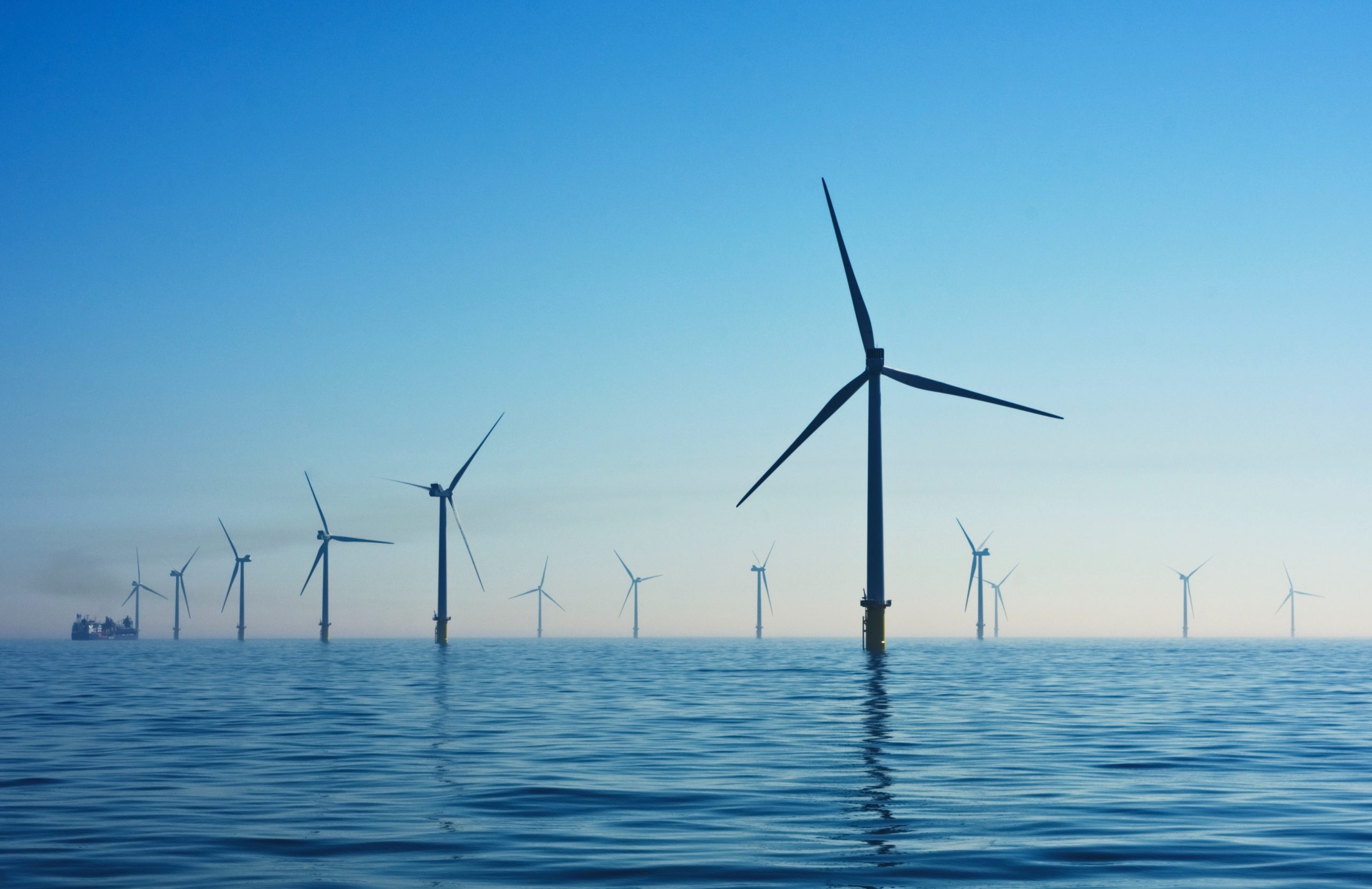Rob Ferris, Managing Director, Feritech
Despite the current success of the offshore wind industry, we have only tapped into a small proportion of the true potential offered by wind power. The development of Floating Offshore Wind (FLOW) will open the door to a massive future expansion in capacity.
At least 80% of the world’s wind resources are in deeper waters, i.e. those with a depth of over 60 metres. These can only be exploited by the use of FLOW technology. Not only does FLOW allow us to harness some of the most powerful winds, but the much larger turbines that it can accommodate lead to a leap in the output than can be obtained from each installation.
Now that FLOW is passing through the proof of concept stage and moving to industrialisation, the scale and pace of development will surge over the next decade. And this is already a global industry. In addition to Europe, FLOW development is now happening in the USA, South America, South Africa, East Asia and off the southern coast of Australia.
No wonder then, that DNV GL believe that there is a real prospect of FLOW capacity increasing 2,000-fold over the next 30 years, from 100MW today to 250GW by 2050.
In UK waters, the Celtic Sea will be a key focus for FLOW development. The Celtic Sea has some of the best wind resources in Europe, and the South West region is gearing up for the build-out of large floating offshore wind farms by 2025. It is estimated that, by 2030, a floating wind industry in the Celtic Sea could support 3,200 locally-based jobs and £682m of spend in the local supply chain, while powering hundreds of thousands of homes.
These trends will generate a wide range of new challenges for marine engineers, all of which will bring valuable commercial opportunities for those businesses that can devise cost-effective solutions. Let’s look at some examples.
Site survey. Geophysical and geotechnical surveys will need to be carried out in some of the world’s deepest and most hazardous waters. This will test the capability of current equipment and survey techniques and lead to the deployment of new solutions such as remote USVs.
Repairs and maintenance. For major repairs, FLOW installations can potentially be uncoupled and towed into port. However, there will also be demand for small repairs that need to be carried out in the field, including sensor replacement, lubrication, electrical repairs and preventative maintenance. Finding ways to do these efficiently and safely will have a major impact on O&M costs.
Substructure. Much of the technical innovation to date has centred on the turbine itself. But the turbine only accounts for a quarter of the cost of a FLOW installation – slightly less than the cost of the foundation and substructure. It therefore seems likely that a major opportunity exists for companies who can help drive down the cost of this element, through improved components, more efficient manufacturing, or designs that make installation easier for the developer.
Mooring systems. Many FLOW sites will use a lighter, synthetic mooring line near the surface which then connects to a heavy, chain mooring near the seabed. The weight of the heavy chain plays a role in helping to stabilise the whole structure. Both of these components will be subject to extraordinary stresses as the FLOW installation responds to strong ocean currents and powerful winds. This is another area that is ripe for technical innovation.
Electrical infrastructure. This accounts for approximately one fifth of the cost of a floating offshore windfarm and includes the dynamic array and high voltage export cable, as well as a floating substation at sea connected to a second substation onshore. This will lead to the development of a new range of electrical components that can deliver highly efficient power transmission while also operating reliably in extremely harsh ocean conditions.
FLOW platforms. While we now have examples of FLOW platforms that have been proved to work, there is bound to be a need for optimisation of the current approach. This would include full-system designs that are easier to assemble at port, more stable when being towed out to sea, and more efficient to commission. This will create demand for the manufacture of innovative, lighter and stronger components.
Awareness of the need to rise to this complex challenge was one of the driving forces behind the creation of Feritech’s new advanced manufacturing facility. We wanted to build on our experience in harsh environment engineering, which has included work on some of the world’s biggest ‘fixed bottom’ offshore windfarms, and be able to service the needs of global customers in the growing FLOW industry.
We decided to bring all the key engineering activities together under one roof, including research and development, design, assembly, fabrication, precision engineering, hydraulics, electrical, software and electronics facilities. This allows tight control of each project – by a team with extensive offshore experience. This set-up also increases the speed at which we can solve tough technical challenges, by allowing the cross-fertilisation of ideas from teams working across different engineering disciplines.
We believe that this is exactly the approach that is needed, in order to grasp the full potential of floating offshore wind.

